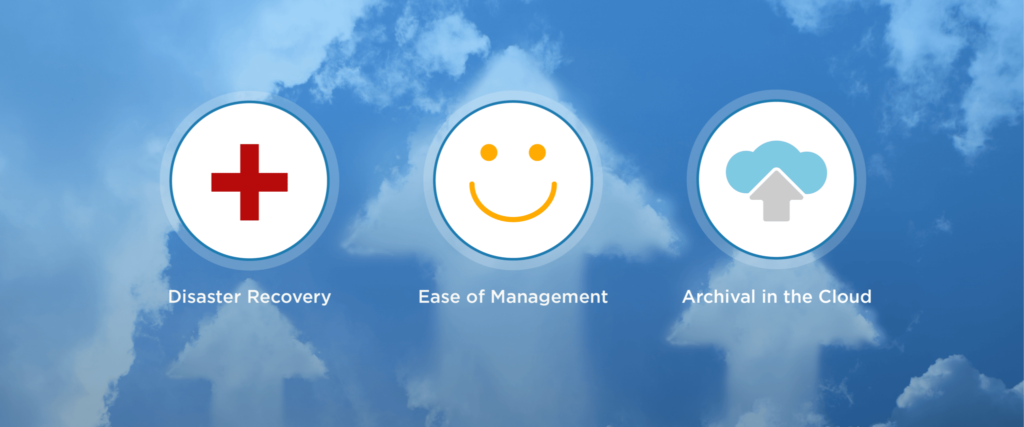Find out more on this topic—check out this blog post, “Key Trends: What You Should Know About Virtualization.”
Most respondents to Druva’s virtualization and cloud survey did not see cost as their major motivator for moving to the cloud. Actually, only one in five respondents felt that cost was their major driver, as more people felt the important thing was ease of management.
This seems to fly in the face of many articles talking about the cloud and savings. Perhaps the reason the respondents to our survey felt differently was they have been working in cloud environments for a longer period of time. Perhaps they understand that simply moving an OS and application from a VM on-premises to a VM in the cloud is most likely going to increase costs, not decrease them. The elasticity of the cloud offers significant flexibility for the right workloads, but that flexibility comes at a cost. If you simply move a VM into the cloud and leave it there, you’re not really taking advantage of the flexibility of the cloud.
It’s a bit like renting a car. If you only need a car for a few days per month, renting a car is a great way to go. In fact, you might not rent a car at all—you might call Uber. If you only need a few rides here or there, your cost will be much less than owning a car. But if you need a car every day, renting a car or using Uber is an incredibly expensive way to get one. The same is true of a VM: if you only need it part of the time, using a cloud VM makes perfect sense. But, if you need the VM 24 hours a day, running it in a public cloud environment is probably going to cost you more than owning it yourself.
Survey respondents said that ease of management was actually their prime motivator. Compare this to using Uber versus owning or renting a car. Using Uber is incredibly easy; push a button on your phone, and the car appears. It takes you where you need to go and you get out; everything else is managed for you. This is what people like about the cloud. Depending on how they use it, it may actually cost more than doing it themselves, but they find the process of using a public cloud vendor easier than running their own virtualization environment.
Another interesting thing from the survey is what the respondents said about disaster recovery of cloud workloads. While some seem to think that moving to the cloud makes disaster recovery (DR) irrelevant, the respondents to Druva’s virtualization survey felt pretty strongly that this was not the case. In fact, 85% saw a need for some type of disaster recovery solution for cloud workloads.
The cloud is not some magical place where nothing ever goes wrong—you need to protect against damage. Even if the cloud provider can protect you against a natural disaster, that might take out a data center or two, they can’t necessarily protect you from human error or malice. Workloads in the cloud need to be protected just like workloads anywhere else.
We covered these topics in our recent webinar, which you can now view on-demand. You can also check out this video to find out more about virtualization.
